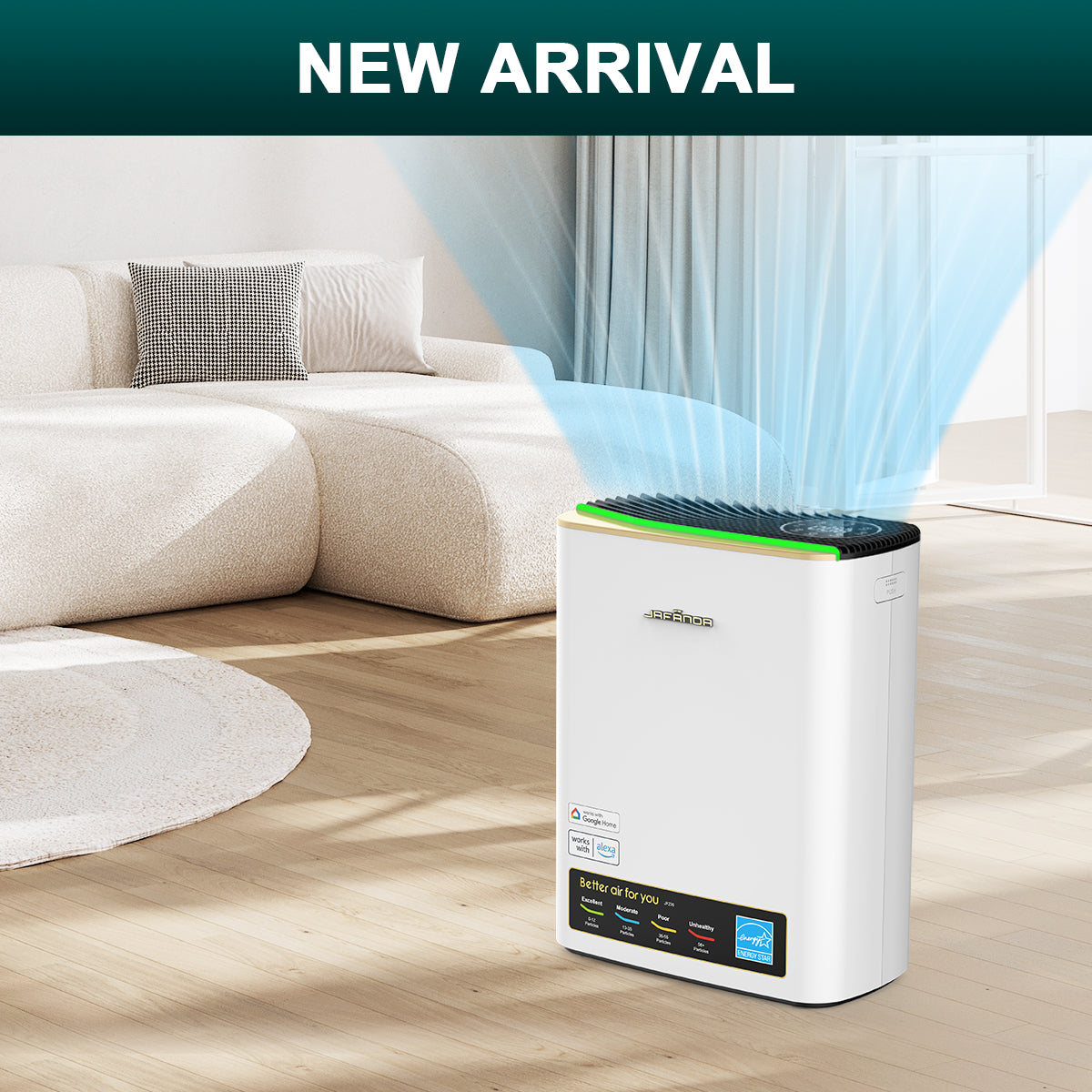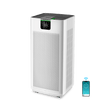Introduction:
For allergy sufferers, in addition to common allergens such as pollen and dust mites, VOCs and SVOCs are often overlooked allergens. These volatile organic compounds and semi-volatile organic compounds can be present in indoor environments and pose potential risks to human health. This article will introduce the definition and sources of VOCs and SVOCs, their impact on allergies and health, and provide practical methods and strategies to identify and reduce exposure to VOCs and SVOCs, helping allergy sufferers maintain a healthy indoor environment.
Definition and Sources of VOCs and SVOCs:
- Definition and Sources of VOCs: Volatile organic compounds are chemicals that have high vapor pressure at room temperature. Common sources include household products, building materials, cleaning agents, and personal care products.
-
Definition and Sources of SVOCs: Semi-volatile organic compounds are compounds that have lower vapor pressure at room temperature but can still release chemicals. Common sources include plastic products, furniture, carpets, and coatings.

The Impact of VOCs and SVOCs on Health and Allergies:
- Respiratory Irritation: The release of VOCs and SVOCs can cause respiratory discomfort, such as throat irritation, coughing, and worsen asthma symptoms.
-
Allergic Reactions: Certain VOCs and SVOCs can trigger or exacerbate allergy symptoms, such as nasal congestion, coughing, and skin allergies.

-
Toxic Effects: Some VOCs and SVOCs are considered to have potential toxic effects and may have negative impacts on the liver, nervous system, and immune system.
Identifying and Reducing Exposure to VOCs and SVOCs:
-
Indoor Air Quality Testing: Conduct indoor air quality testing to understand the concentration and sources of VOCs and SVOCs, enabling appropriate measures to be taken.
-
Choosing Low-Volatile Products: Opt for household products, cleaning agents, and personal care products with lower levels of volatile organic compounds.
-
Indoor Ventilation: Maintain good indoor ventilation to increase air circulation, which helps dilute and remove indoor pollutants. 3.4 Using Air Purifiers: Select air purifiers equipped with activated carbon filters, which can adsorb VOCs and SVOCs, providing cleaner indoor air.

Conclusion: Understanding and addressing the hidden hazards of VOCs and SVOCs is crucial for allergy sufferers. By identifying sources, choosing low-volatile products, improving indoor ventilation, and using air purifiers, we can reduce exposure to VOCs and SVOCs, creating a healthier and more comfortable indoor environment. Protecting oneself from the impact of VOCs and SVOCs allows allergy sufferers to enjoy a better quality of life.











Leave a comment
All comments are moderated before being published.
This site is protected by hCaptcha and the hCaptcha Privacy Policy and Terms of Service apply.